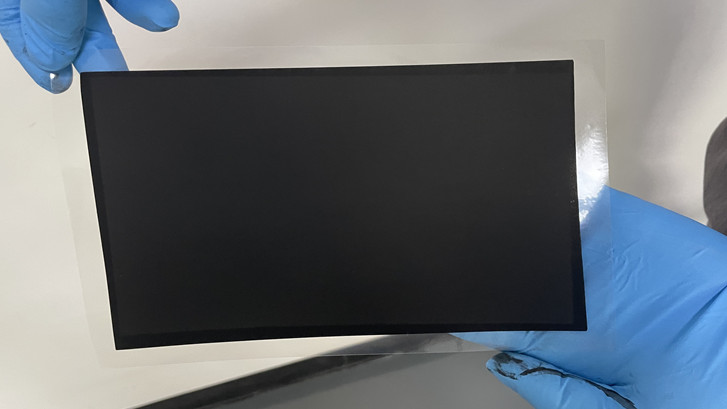Solid State Electrolytes
Solid State Electrolytes – Ultrasonic Atomization For Membrane Electrode – Cheersonic
With the development of consumer electronics, electric vehicles and grid energy storage systems, lithium-ion batteries have become indispensable energy storage devices, playing a pivotal role in the energy sector, while higher energy density and safety performance have also become the goal of ion batteries. Among them, all-solid-state lithium batteries are expected to use lithium metal as the negative electrode, which can significantly improve the energy density of lithium-ion batteries; at the same time, the solid electrolyte replaces the flammable and explosive electrolyte, which can prevent the battery from burning and exploding and reduce the occurrence of safety accidents. Therefore, the all-solid-state lithium battery is expected to become the next important development direction for lithium-ion batteries.

The development of solid-state electrolytes has become the most important task in the development of all-solid-state lithium batteries. Single solid-state electrolytes such as the common oxide solid-state electrolytes, sulphide solid-state electrolytes and polymer electrolytes have their own advantages and disadvantages. Oxide electrolytes have high room temperature conductivity and excellent mechanical strength, but high density ceramic sheets are expensive to prepare and brittle, and the contact between ceramic sheets and electrodes is poor, resulting in high interfacial impedance, making them difficult to apply directly; sulphide electrolytes have a conductivity close to or even higher than that of electrolyte, but the oxidation potential of the material is low, making it difficult to match high voltage positive electrodes, and the stability is poor, and the preparation cost is high. Polymer electrolytes are mostly flexible, easy to process into films and have good interfacial wettability, but they also have poor mechanical properties and low room temperature conductivity, making them difficult to apply in practice. A common modification method is to introduce ceramic particles/fibres to improve the mechanical strength, and to improve the room temperature conductivity of polymeric films by reducing the crystallinity of the polymer and promoting the decomposition of lithium salts. In addition it has been demonstrated that infusion of polymer solutions in organic/inorganic frameworks with a certain strength is also an effective way to achieve further applications of polymer electrolytes.
Cheersonic ultrasonic coating systems suitable for R & D, small and medium-sized batch production. It produce highly durable, uniform, coatings of carbon-based catalyst inks onto both fuel cell and electrolysis processes for proton exchange membrane (PEM) electrolyzers such as Nafion, without deformation of the membrane. The advantages of ultrasonic spraying include:
Highly controllable spray that produces reliable, consistent results.
1.Ultra-low flow rate capabilities, intermittent or continuous.
2.Ultrasonic vibrations continuously break up agglomerated particles and keep them evenly dispersed; maximizing platinum utilization.
3.Corrosion-resistant titanium and stainless steel construction
4.The self-cleaning function of the ultrasonic nozzle prevents clogging.
5.The platform takes up less space.
80% reduction in paint consumption
